Featured Download

After the Battlefield: Infectious Complications among Wounded Warriors - Speaker Presentation
David R. Tribble, MD, DrPH Professor and Science Director, IDCRP, USU 2022 Presentation "After the Battlefield: Infectious Complications among Wounded Warriors"

The Future of Military Medicine - Speaker Presentation
COL Jeremy C. Pamplin, MD, FCCM, FACP Commander, U.S. Army Telemedicine and Advanced Technology Research Center U.S. Army Medical Research and Development Command Army Futures Command speaker presentation 2022 "The Future of Military Medicine - The Need for New Paradigms"

Speaker Presentation I The Future of Military Medicine
COL Jeremy C. Pamplin, MD, FCCM, FACP Commander, U.S. Army Telemedicine and Advanced Technology Research Center U.S. Army Medical Research and Development Command Army Futures Command speaker presentation 2022 "The Future of Military Medicine - The Need for New Paradigms"

2022 Post Show Report
As we look forward towards DHMD 2023, this post-show report showcases the highlights of last year’s event. It covers the attendees and their reflections and serves as reminder why this domain continues to evolve. Most importantly it sets the benchmark which we try to surpass this year. Whether you are from industry, government, or academia, if you are looking for the latest in deployed medical this is the conference for you.

10 disruptive innovations across the Operational Patient Care Pathway
As doctrine adapts to meet the peer threat, the military medical community must improve capability across the Operational Patient Care Pathway – from point of injury through to definitive care. There is no doubt that there are a number of disruptive technological and clinical innovations that have the potential to the overall standard of care and to enable a rapid and effective medical response; one which saves lives on the battlefield of the future.
With this in mind, Defence iQ has created an infographic that investigates 10 disruptive innovations across the Operational Patient Care Pathway
Download this Infographic to learn more about:
- Virtual Health Capabilities
- 3D Printing
- Augmented Reality
- Supply Drones
- Reboa Devices
- TXA AutoinJector
- Blood Far Forward
- UAS for Medevac
- The UK's Rehabilitation Centre
- Ossointegration
View the Infographic Here>>

Communications, Geospatial and Remote Sensing Data Management and Integration
Download this past presentation on Communications, Geospatial and Remote Sensing Data Management and Integration.

Bringing blood to the battlefield: How the Golden Hour technology helps save lives
The sustainment and management of temperature controlled logistics in the deployed environment is a constant challenge for militaries. Having the right infrastructure could save lives on the battlefield, as it would enable blood, medicine and oxygen to be transported to the injured soldiers when it is most critical. Developed 15 years ago, the award-winning Golden Hour technology aims to address this critical need, and makes blood available on the battlefield to treat critically-wounded soldiers during the first hour after injury.
Ahead of their participation at this year’s Deployed Medical & Healthcare Delivery conference, Defence iQ had the opportunity to gain exclusive insight from Mark Jezierski, Business Development Manager, Peli BioThermal about their Golden Hour technology, the critical characteristics of a thermal packaging product in a military context and the evolution of the requirements in an increasingly complex operating environment.
Download the interview now >>
In this interview, Mark Jezierski answers the following questions:
- Effectively delivering medical support to the battlefield depends in no small part on being able to transport critical resources – including blood – to the point of need, quickly. How does Peli Biothermal support that objective?
- What are the most important characteristics of a thermal packaging product in a military context? How does the Golden Hour Product demonstrate those characteristics?
- And what about the challenge of monitoring temperature-sensitive resources in transit? How can commercial providers support a robust supply chain for military medics and logisticians?
- How does the military market differ from the commercial one when it comes to providing a temperature-controlled logistics solution? How do you cope with requirements of ruggedisation and weight?
- How do you see the military requirement for temperature-controlled packaging changing as the operating environment grows more complex? What are the limits of blood storage pre-use in a deployed environment, and how can industry support, overall, extended field care?

How the Royal Danish Air Force is enhancing clinical care in the air
In this exclusive interview with Dr René Bleeg, Head Consultant, Aeromedical Evacuation SQN 690, Royal Danish Air Force and speaker at this year’s Deployed Medical and Healthcare Delivery, learn more about their plans to integrate the Army Surgical team into the existing MEDEVAC Intensive Care Unit Module, and how this transition will support operational readiness by enhancing clinical care in the air.

Deployed medical care: Market overview
Ahead of Medical Support Operations 2018, Defence IQ sought to understand what challenges in terms of security, procurement and cross-sector partnerships the deployed medical care market experiences. In this exclusive infographic, learn what more than 300 experts think of the effectiveness of military-industry collaboration, pressing capability development priorities, the current threats they are experiencing and the industry solutions that have the most potential.



